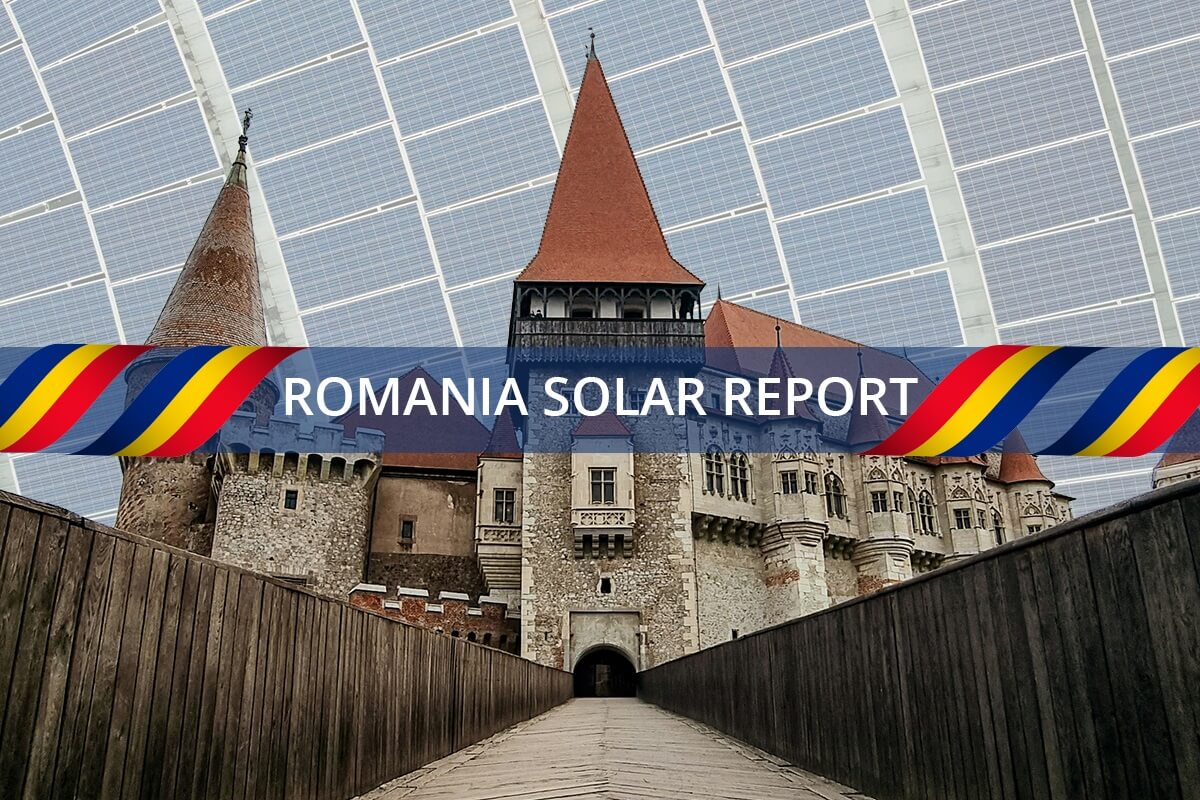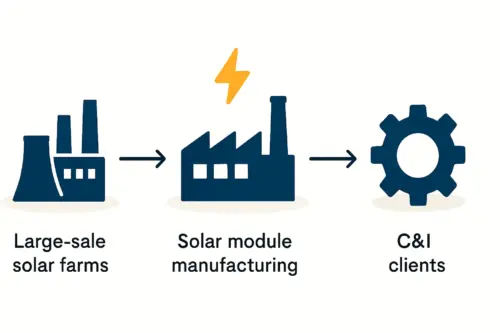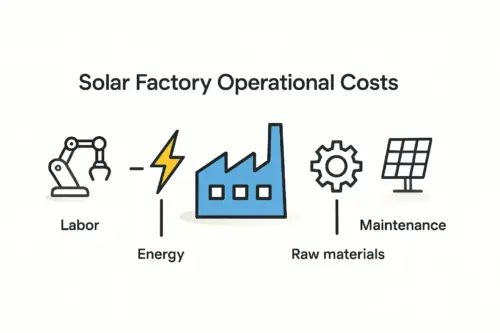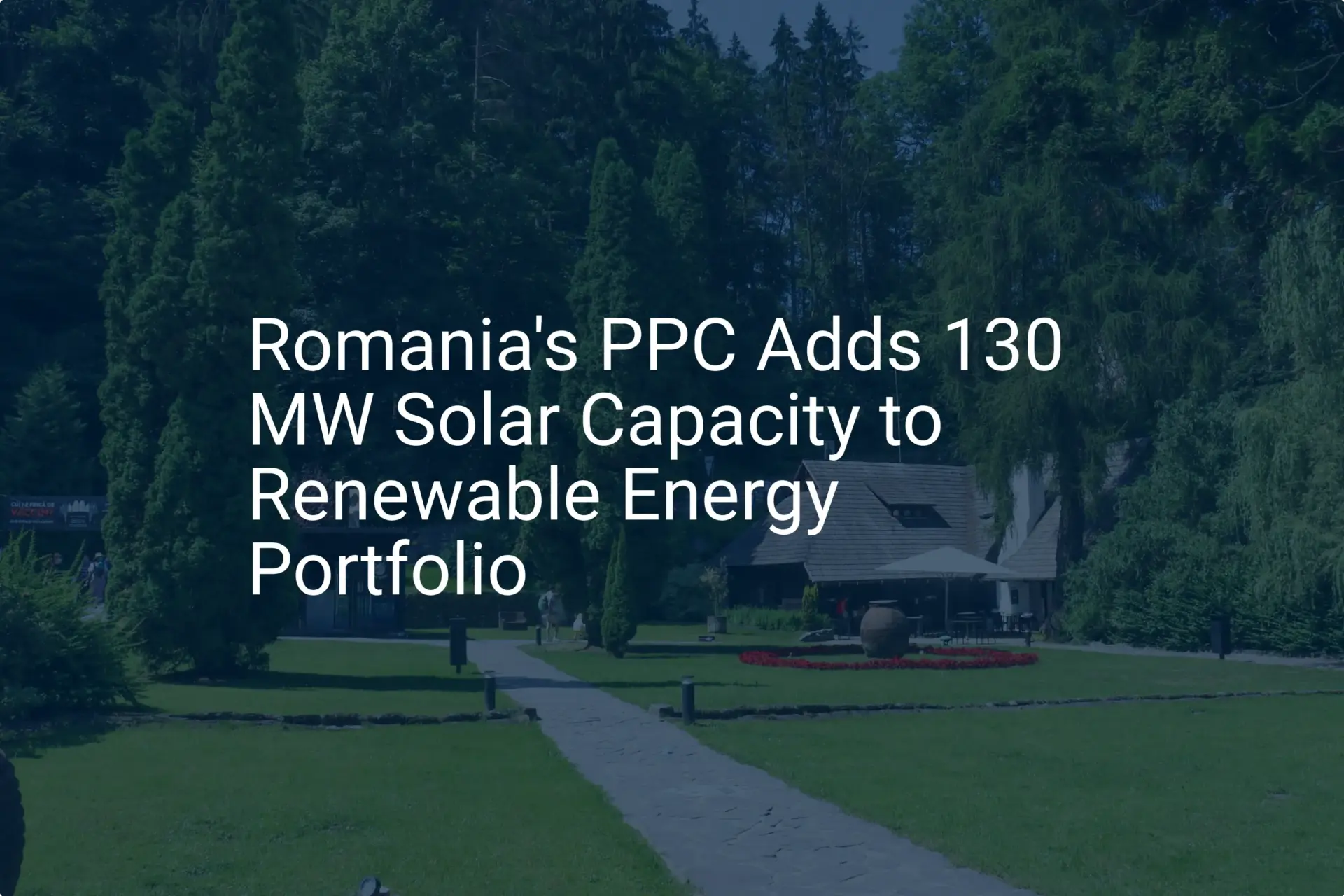Consider a common scenario: an entrepreneur identifies a vacant industrial facility in a promising location. The structure is sound, the price is right, and the potential seems clear. Converting it into a solar module factory could be significantly faster and more capital-efficient than building one from scratch.
For business leaders looking to enter the European solar manufacturing market, this scenario is becoming increasingly common. Yet, the path from acquisition to operation is governed by specific regulations that demand careful navigation.
This guide outlines the essential permitting and compliance landscape in Romania for repurposing an existing industrial building for solar module production. Understanding these steps is crucial for developing a realistic project timeline and budget.
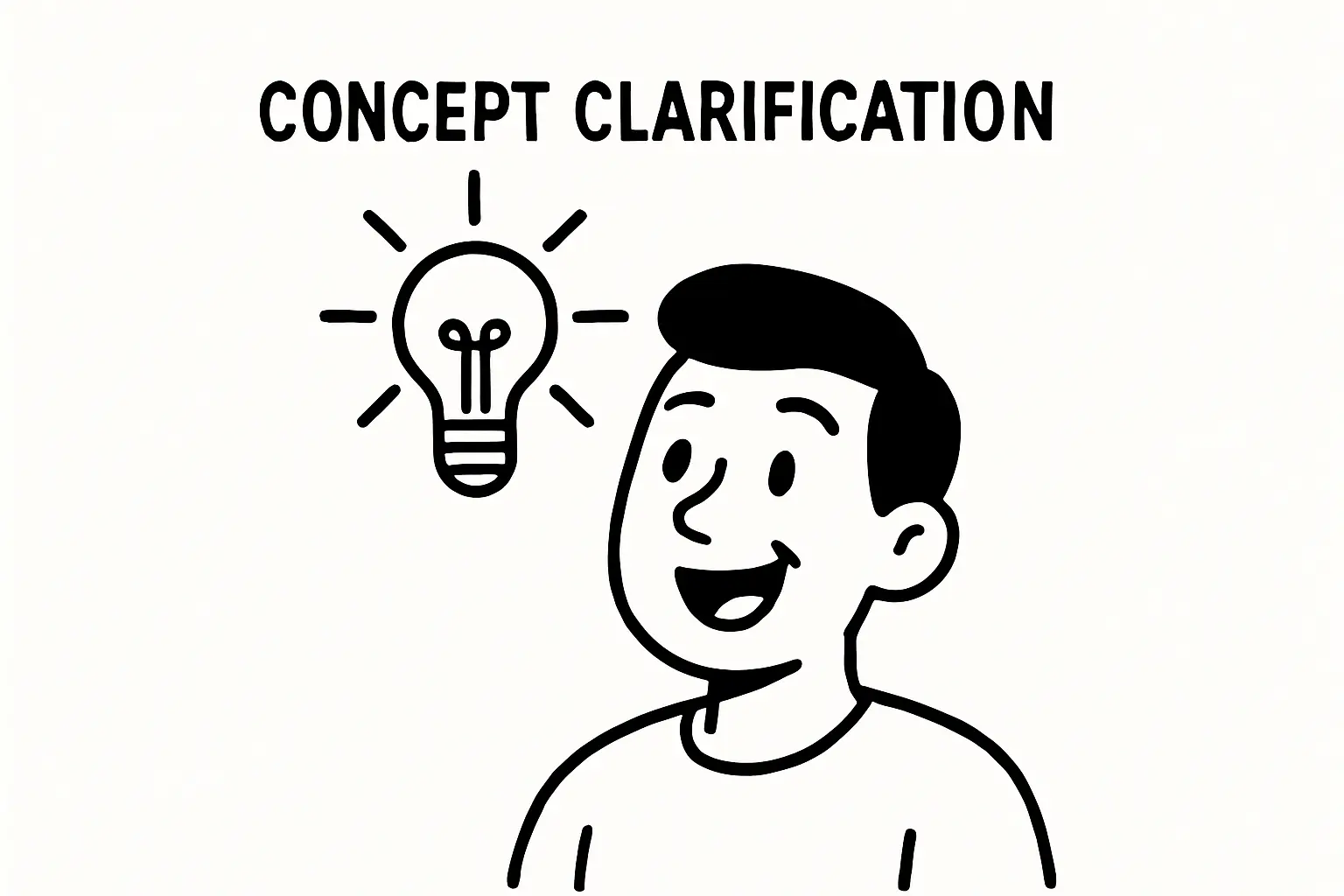
The Strategic Advantage of Repurposing vs. New Construction
Adapting an existing building offers compelling advantages, primarily shorter timelines and lower initial investment compared to building a new solar factory from the ground up. With foundations, walls, and a roof already in place, an existing structure can shorten the project lifecycle by months.
Realizing these benefits, however, depends on managing the conversion with a clear understanding of the regulatory framework. The project’s success hinges on ensuring the chosen facility can legally and safely house a modern manufacturing operation—a key step in launching a solar manufacturing business that requires thorough due diligence from the outset.
Foundational Steps: Zoning and Destination Approval
Before any technical planning can begin, two administrative checks are paramount. These initial steps determine if a chosen site is viable.
1. Zoning Verification
The first step is to verify the building’s zoning status. In Romania, manufacturing facilities must be located in areas designated for industrial use, known as a zonă industrială. This information is detailed in the local Urban Zonal Plan (Plan Urbanistic Zonal, or PUZ). If a building is not in a correctly zoned area, the project cannot proceed.
2. Change of Destination Permit
Assuming the zoning is correct, the next step is obtaining a permit for the change of use (autorizație de schimbare a destinației). Even if the building was previously an industrial site, converting it into a solar module factory is considered a change in its specific function. This requires submitting a formal application to the local council, detailing the nature of the new operations.

Ready to make big Profits?
The solar Industry is Booming
WE HELP NEWCOMERS to the solar industry start their own solar module production line. Customers can make BIG PROFITS by selling modules and finding investors, without wasting money and time on things they don't need!
The Environmental Assessment: A Critical Milestone
Perhaps the most significant and time-consuming phase of the permitting process is the environmental assessment. Solar module manufacturing involves processes and materials that are subject to close regulatory scrutiny.
The national authority responsible for this is the Agenția Națională pentru Protecția Mediului (ANPM). An investor must submit a screening report detailing the proposed manufacturing processes, including the types and quantities of materials to be used. Solar module production often involves substances like lead (in soldering ribbon), cadmium (in certain thin-film technologies), and various solvents, all of which are classified as hazardous.

Based on this report, the ANPM will decide if a full Environmental Impact Assessment (evaluarea impactului asupra mediului, or EIM) is necessary. Given the materials involved, a full EIM is highly likely. This comprehensive study can take between 6 and 12 months to complete and involves public consultations and detailed technical reviews.
Compliance with European Union directives like the Restriction of Hazardous Substances (RoHS) is also essential. Meeting these standards not only ensures regulatory approval in Romania but is critical for module certification and access to the broader EU market.
Fire Safety and Structural Integrity: Non-Negotiable Requirements
The final major regulatory hurdle concerns building safety, specifically fire prevention and structural soundness. The Inspectoratul pentru Situații de Urgență (ISU) is the authority that reviews and approves the building’s safety plans.
Converting a general warehouse into a solar factory requires significant modifications. The ISU will mandate stringent fire safety measures, which typically include:
- Installation of advanced sprinkler and fire suppression systems.
- Use of fire-resistant construction materials for walls and partitions.
- Clearly defined and accessible emergency exit routes.
- Proper ventilation and storage for chemical substances.
These requirements heavily influence the internal facility layout, so a detailed guide on factory layout and design should be consulted early in the planning stage. The choice of solar panel manufacturing equipment, such as high-temperature laminators or chemical cleaning stations, will directly impact the scope of the required safety upgrades.
The Value of Local Expertise
The Romanian regulatory process involves coordination between multiple authorities: the local council, the ANPM, and the ISU, each with its own procedures and documentation requirements. For an entrepreneur without prior experience in the country, navigating this landscape can be complex and lead to costly delays.
Experience from J.v.G. Technology GmbH’s turnkey projects shows that engaging a qualified local consultant or engineering firm is critical for success. Such a partner can manage applications, communicate with authorities, and ensure all submissions comply with national and EU standards, streamlining the path to operational readiness.
FAQ: Common Questions on Romanian Factory Conversion
How long does the entire permitting process typically take?
While every project is different, a realistic timeline for securing all necessary permits for a factory conversion ranges from 9 to 18 months. The environmental impact assessment is often the longest single component.
Can any industrial building be converted into a solar factory?
No. The primary limiting factors are correct industrial zoning and the building’s structural capacity to be upgraded to meet stringent fire and safety codes. Not all buildings can be cost-effectively retrofitted.
What is the most common cause of delays in the permitting process?
The environmental impact assessment (EIM) is frequently the most time-consuming stage. Incomplete documentation or underestimating the scrutiny applied to the use of hazardous materials can lead to significant delays.
Do these regulations apply even if I am only assembling modules from imported cells?
Yes. The assembly process still involves soldering (which uses lead), lamination, and the use of chemical solvents for cleaning and sealing. These activities are sufficient to trigger the full scope of environmental and safety regulations.
Conclusion and Next Steps
Repurposing an existing industrial building in Romania for solar module manufacturing is a strategically sound approach that can accelerate market entry. Success, however, is contingent on a disciplined and informed approach to the country’s regulatory requirements.
Thorough due diligence on zoning, a proactive strategy for the environmental assessment, and a detailed plan for safety compliance are essential. By addressing these critical areas early, an entrepreneur can transform the potential of an empty building into a productive, compliant, and successful manufacturing operation.

